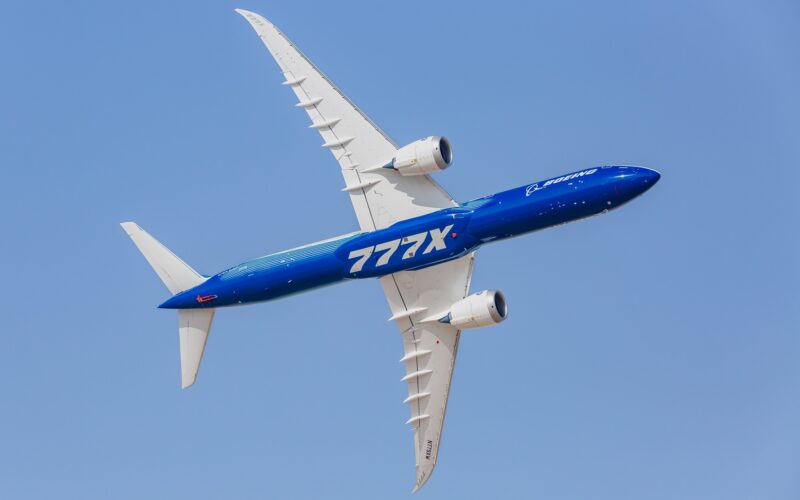The yet to be certified Boeing 777-X is just one of the aircraft that will have to abide by new rules on carbon reduction set out by the Federal Aviation Administration (FAA).
On February 20, 2024, the FAA confirmed that it had released a final rule to reduce carbon pollution emitted by most large airplanes flying in United States (US) airspace.
Under the new rule, planes manufactured after January 1, 2028, must incorporate improved fuel-efficient technologies.
The aircraft affected will also include subsonic jets, large turboprops and propeller planes that are not yet certified.
“Examples of commercial airplanes that will be required to meet the standards include the Boeing 777-X and newly built versions of the Boeing 787 Dreamliner; the Airbus A330-neo; business jets such as the Cessna Citation; and civil turboprop airplanes such as the ATR 72 and the Viking Air Limited Q400,” the FAA said.
However, the FAA did confirm that the new rule will not impact aircraft currently in service.
According to the FAA, civil aircraft such as these are responsible for “9% of domestic transportation emissions and two % of total US carbon pollution”.
The US must establish minimum standards consistent with those prescribed by the International Civil Aviation Organization (ICAO) on a wide range of aviation-related matters, including aircraft emissions.
The Airplane Fuel Efficiency Certification states that the rule “establishes fuel efficiency certification requirements for certain subsonic jet airplanes with a maximum takeoff mass greater than 5,700 kilograms and for certain propeller-driven airplanes with a maximum takeoff mass greater than 8,618 kilograms”.
“We are taking a large step forward to ensure the manufacture of more fuel-efficient airplanes, reduce carbon pollution, and reach our goal of net-zero emissions by 2050,” FAA Administrator Mike Whitaker said.

